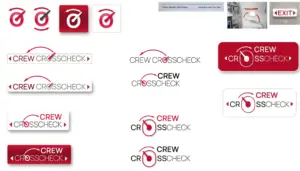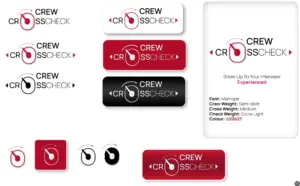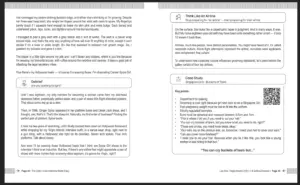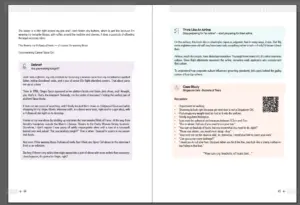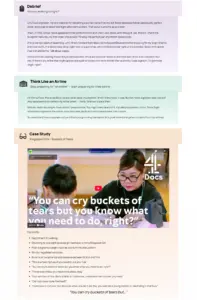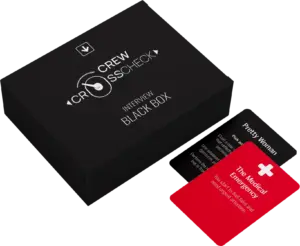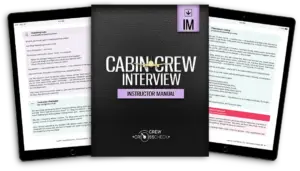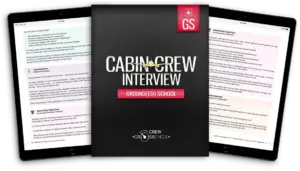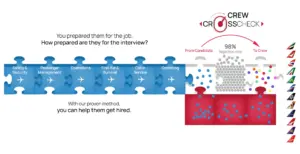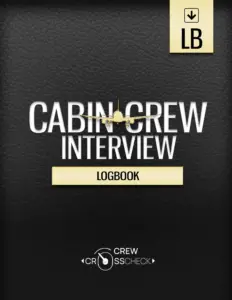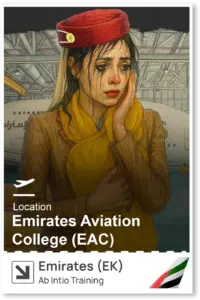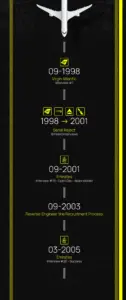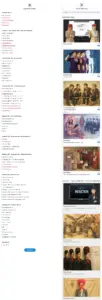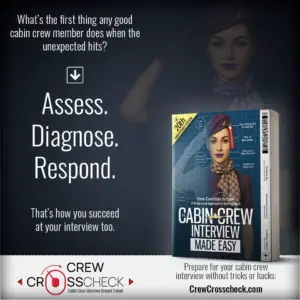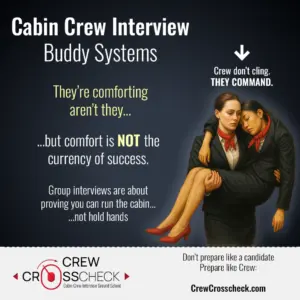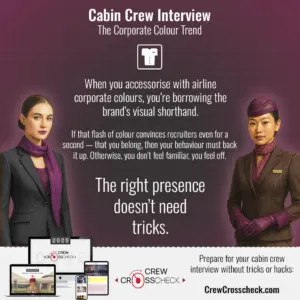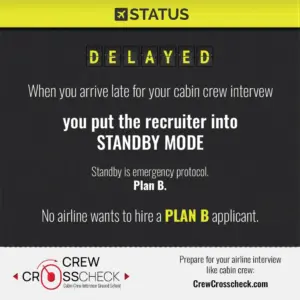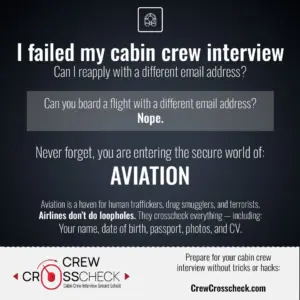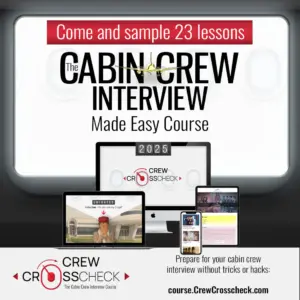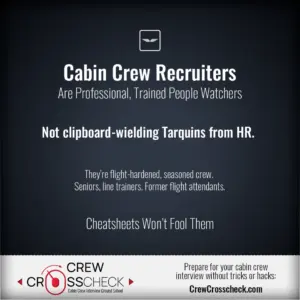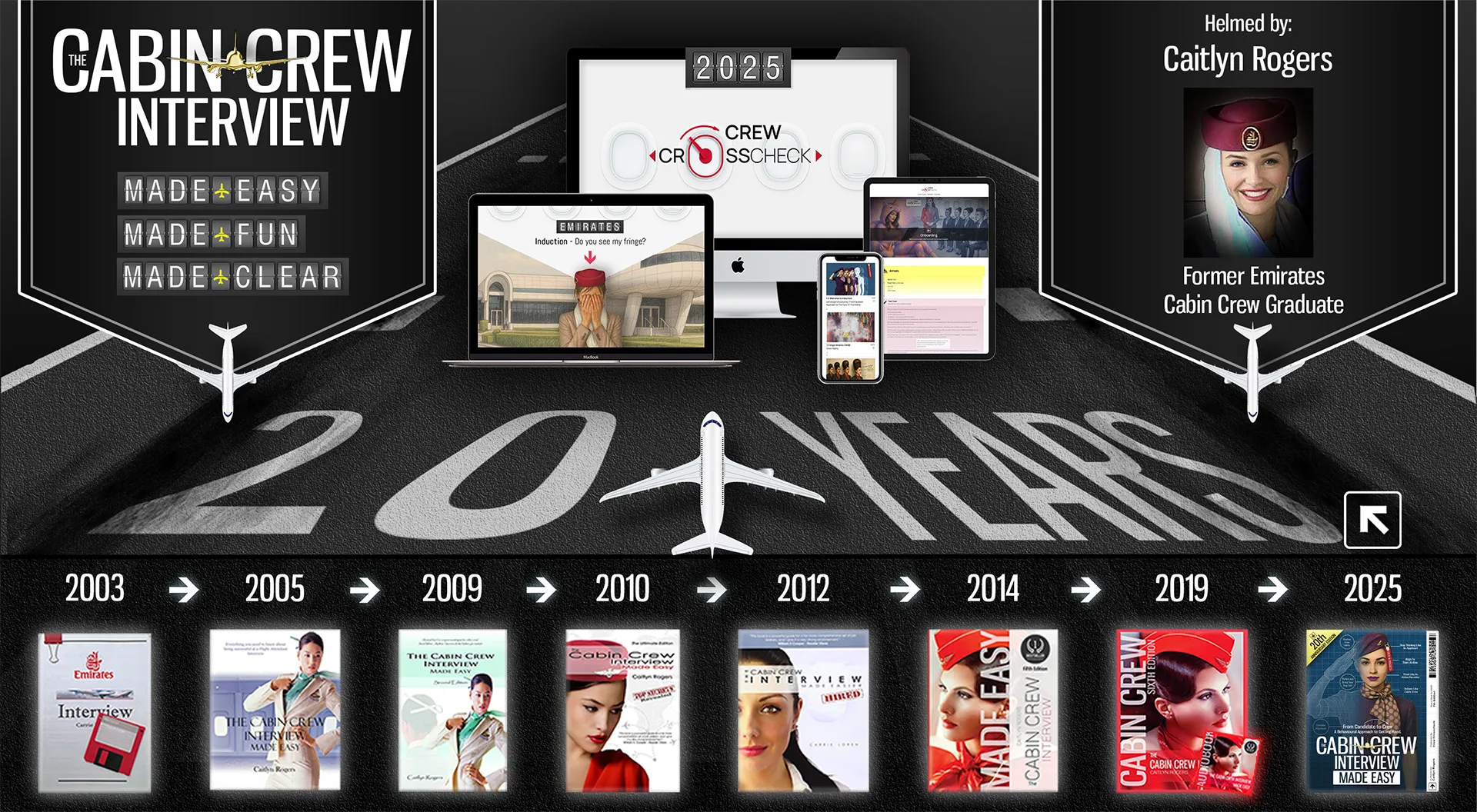
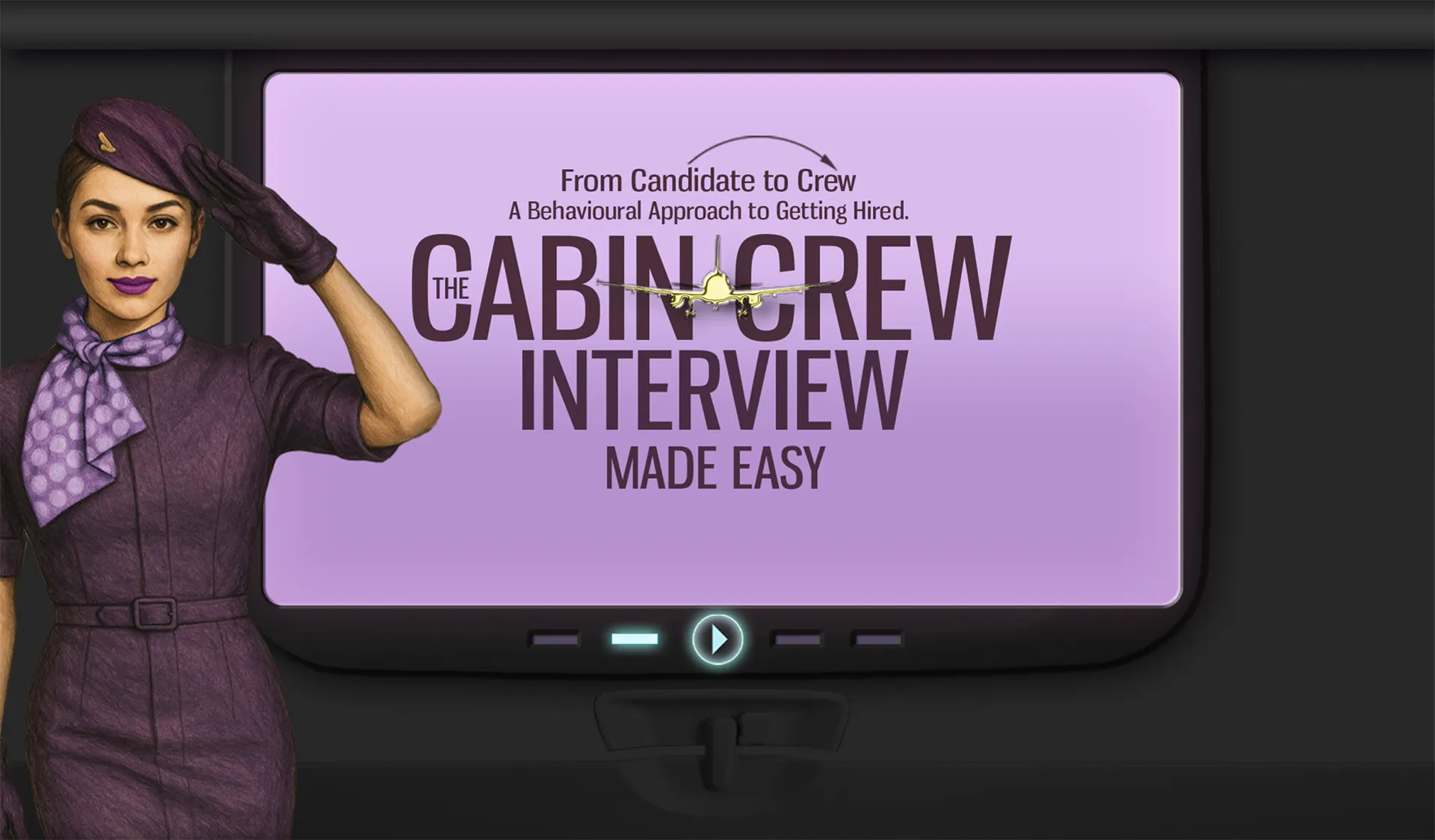

fully immersive interview training
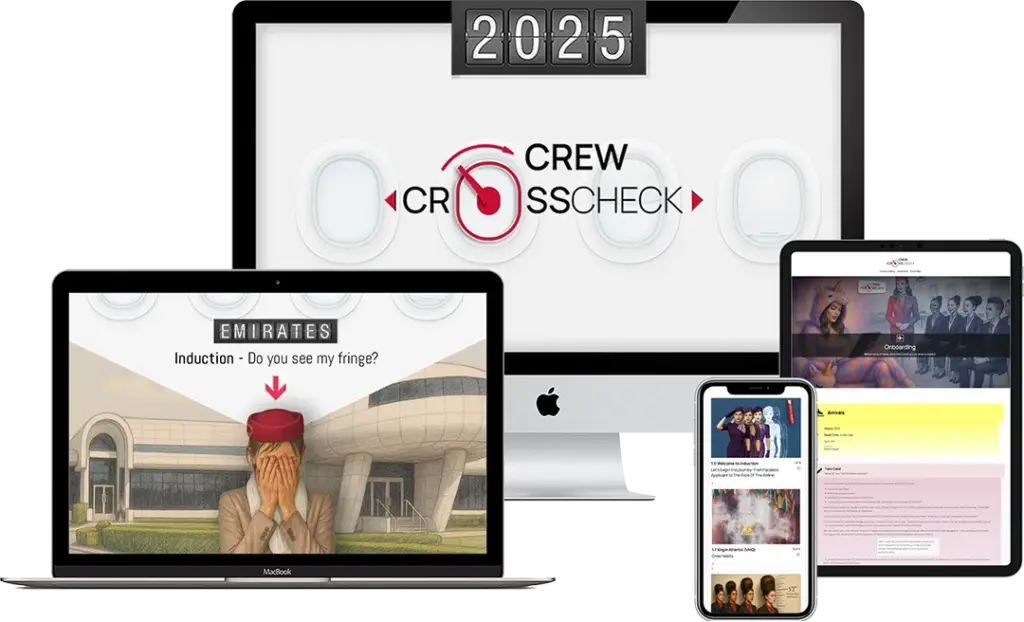

A customer-facing, college-ready training system that transforms aspiring cabin crew candidates into confident, interview-ready professionals.
Role & Contributions
- Curriculum design and full lesson development
- Creation of workbooks, printables, and interactive quizzes
- Graphic design, branding, and logo development
- Adaptation of book content into structured eLearning and classroom formats
Tools & Technology
- LifterLMS and customised WordPress
- Adobe Creative Suite (InDesign, Photoshop, Premiere, Audition)
- Audacity, Obsidian
- CSS for custom interface design
Learning Modalities
- Written lessons and downloadable workbooks
- Multimedia content (audio and video)
- Interactive quizzes and progress tracking
A Window Into the Brand

From Aviation Practice to Training Philosophy
The name Crew Crosscheck draws directly from aviation practice, where “crosscheck” is a procedure used by cabin crew to confirm that safety actions have been correctly completed. This simple but vital act ensures accuracy, accountability, and shared responsibility. In the same way, our philosophy centres on the validation of truth. Just as crew members crosscheck one another to guarantee safety, we train candidates to crosscheck their understanding, motives, and separate damaging interview myths from truth. The name reflects both the discipline of aviation and the integrity we bring to interview training.
The crosscheck nature of the brand also reflects our own commitment to validating our training against airline operations, regulatory standards, and industry expectations.
Design That Reflects Discipline
From Aspiration to Action | From Candidate to Crew

The Crew Crosscheck logo design captures the essence of the brand and its commitment to preparing candidates for airline interview success.
The design takes its inspiration from the iconic shape of an airplane window — instantly recognisable, aspirational, and symbolic of new horizons. A sliding handle grounds the composition; when animated, it moves into the crew position, reinforcing the brand’s mission of guiding candidates through the transition from aspiring applicant to hired crew.
Red directional indicators do more than reference aircraft emergency exits; they represent the multi-directional nature of our training philosophy. Just as there are many exits on an aircraft, there are many valid paths for aspiring crew. No single approach, style, or candidate journey is the same. The arrows remind us that interview preparation is not one-size-fits-all. Each applicant brings unique strengths, cultural perspectives, and career goals, and our training adapts accordingly.
Deep red draws from aviation safety signage, where visibility and attention are critical.
The result is a mark that blends technical authenticity with aspirational purpose.

The Crew Crosscheck icon stands strongly on its own, independent of the full word-mark. By isolating the icon, the brand maintains a visual shorthand that is both practical and powerful — compact enough for small-scale use, yet rich in symbolism.
Concept Design
Multiple Modalities

Instructor guides, student workbooks, LMS-based e-learning modules, and classroom kits, ensuring adaptability for classroom delivery, digital environments, and blended learning formats.

…includes Audio Narration
Modular, Immersive, Colour-Coded


Lesson waypoints.
At the beginning of each lesson, a bright yellow arrivals marker communicates key metadata — update date, author, word count, and estimated reading time. This supports learner planning, promotes transparency, and builds trust in the material.

Pre-Lesson Briefings, modelled on a cabin crew pre-flight briefing, set expectations, outline objectives, and establish relevance. They ensure learners are both cognitively and emotionally prepared for the lesson ahead.

Story-driven case studies.
Caitlyn’s Log is a story-driven case study embedded within the lessons. It provides learners with a real-world example of an interview scenario, based on my own journey. Positioned as a “deadheading” or supernumerary perspective, it allows learners to observe authentic behaviours and decision-making in context.
The goal is to give learners a vicarious learning experience before crosschecking these behaviours against best practices. This narrative approach makes abstract concepts tangible and helps learners connect training content with lived examples.
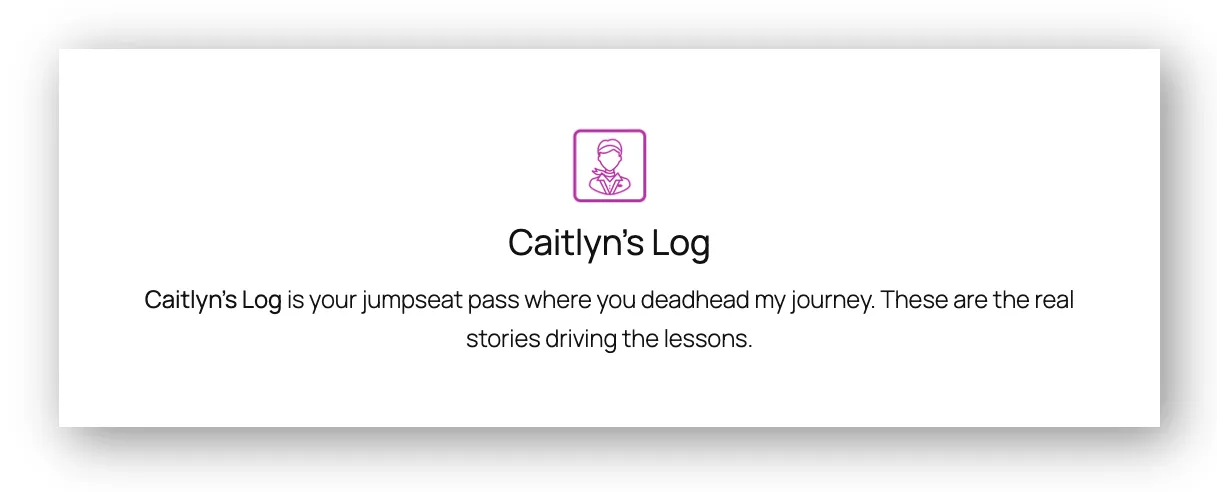
Competency-driven for hands-on learning.
Coaching cues play with aviation language, helping learners connect with the career, become familiar with key terminology, and reframe interviews as an engaging, career-focused experience.
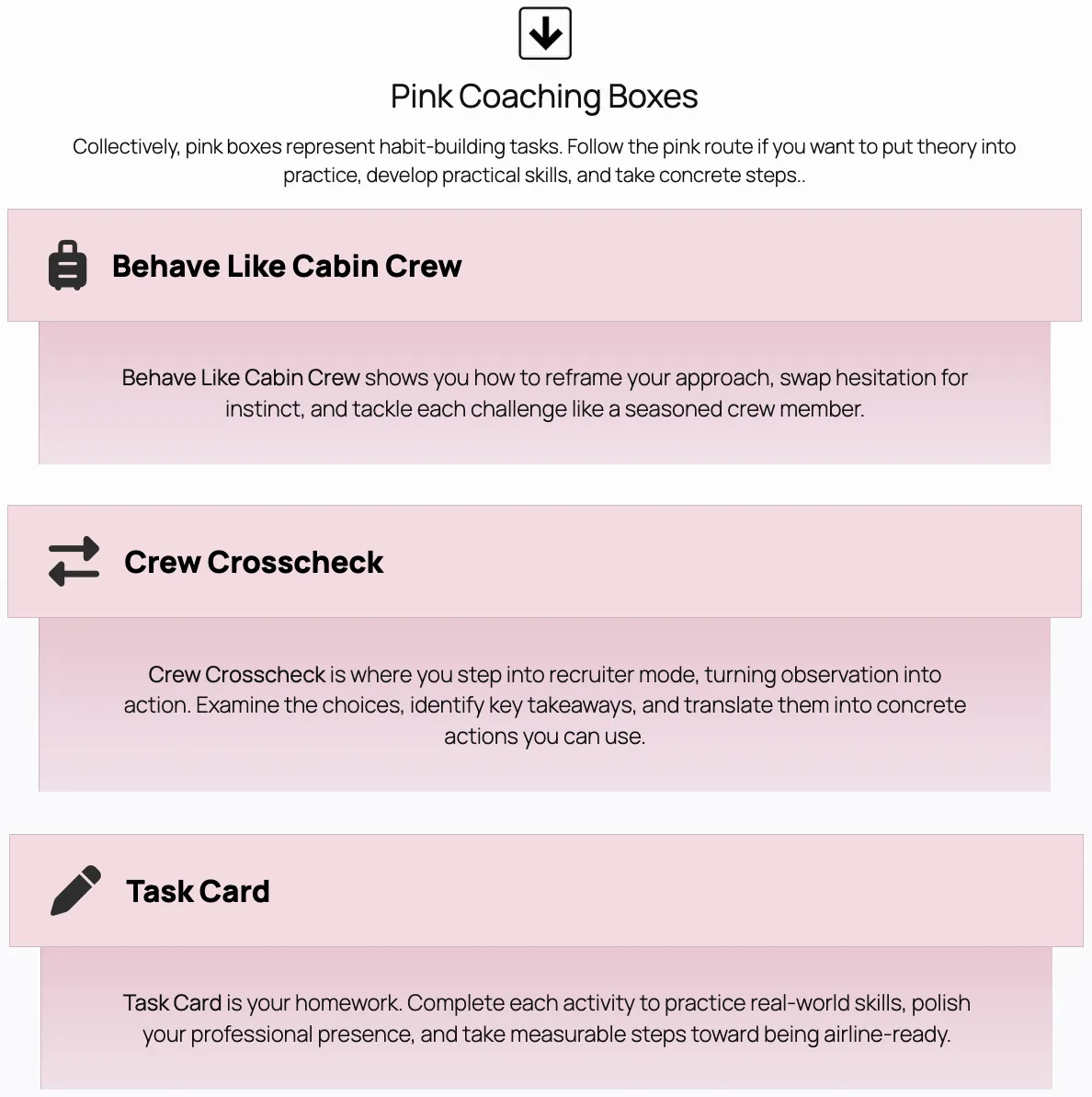
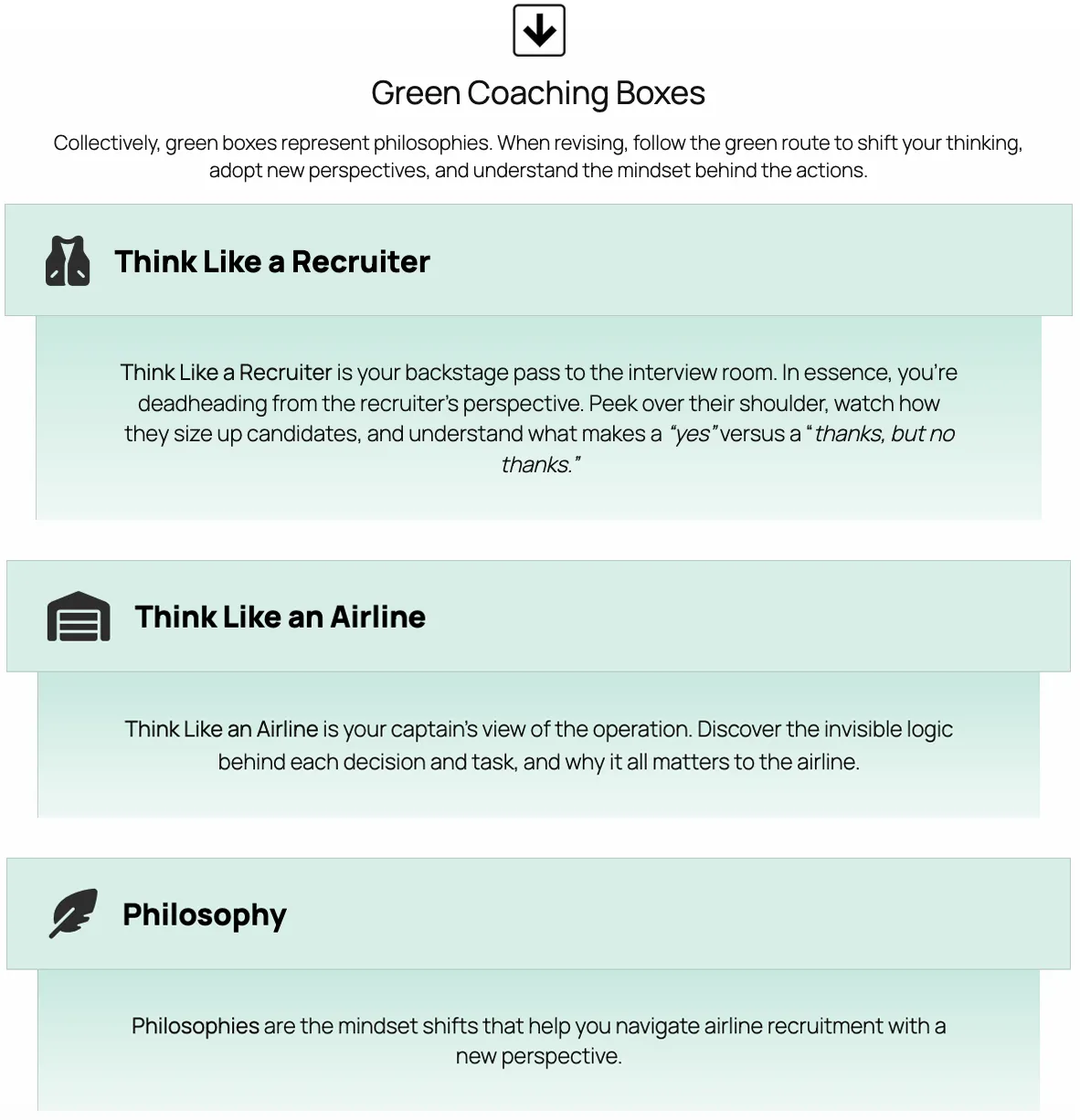
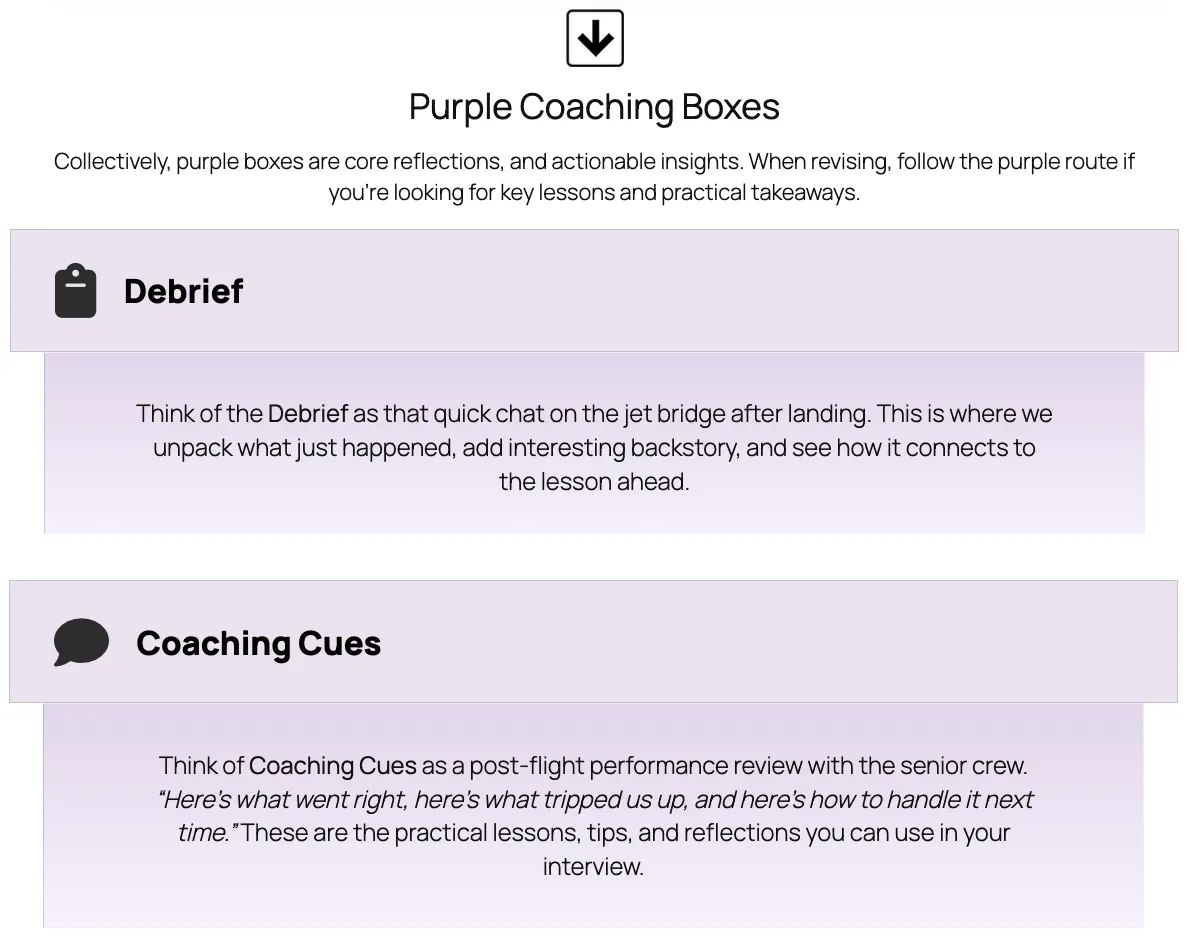
Engaging. Easy to follow.
Simulated scenarios employ extended metaphors and hypotheticals to translate complex concepts, technical language, and regulations into familiar, everyday contexts, making abstract ideas concrete, understandable, and memorable.

Grounded in research from verifiable sources and crosschecked against regulatory bodies, including FAA/CAA/GCAA et al, to dispel non-regulatory information such as industry myths and common misconceptions.


Designed to reframe applicant thinking
These approaches don’t just train learners to pass the interview, but to reframe and enjoy the process as another part of their cabin crew journey.

Written, Designed, and Managed…
…from the ground up

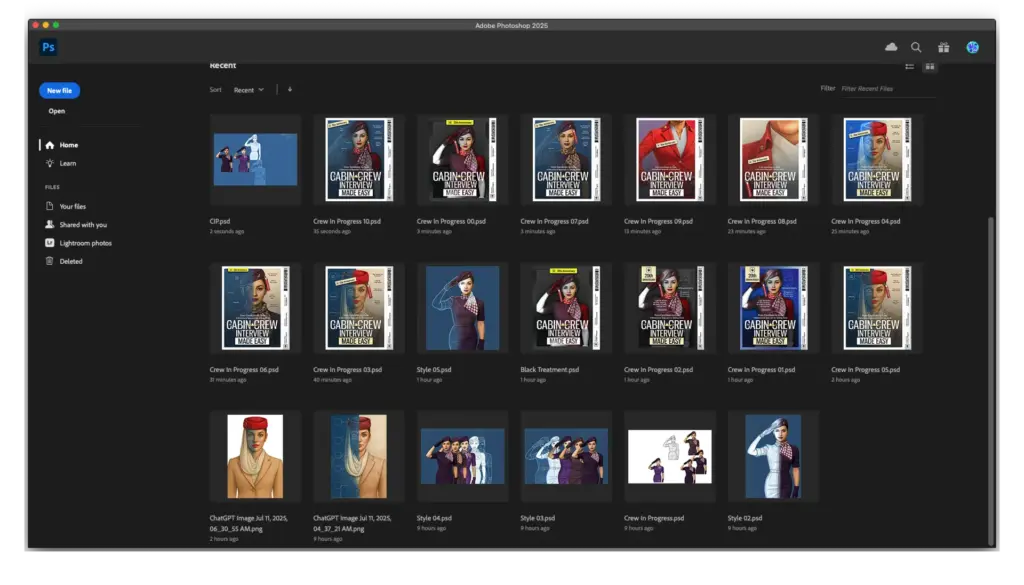
Using professional tools.
Skilled in Adobe Indesign and Photoshop.

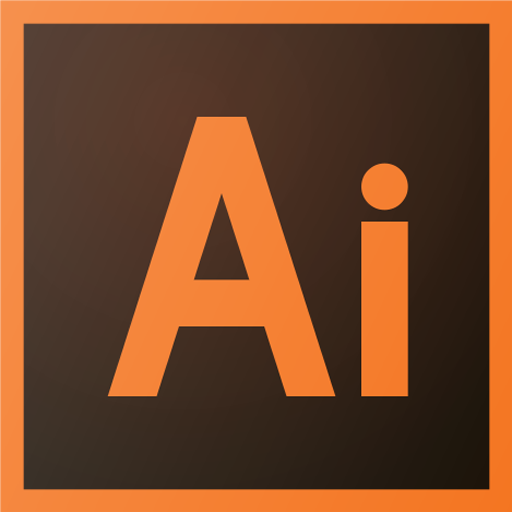
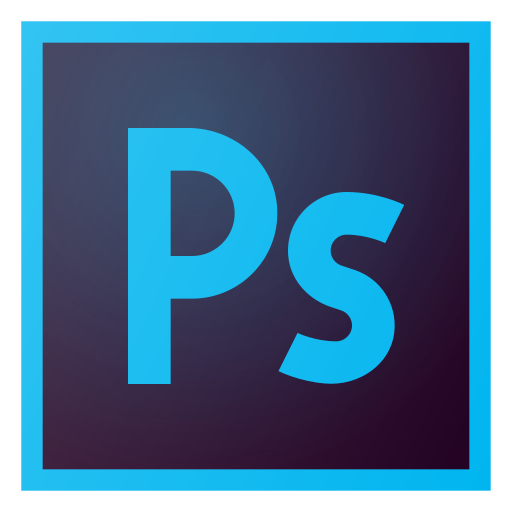
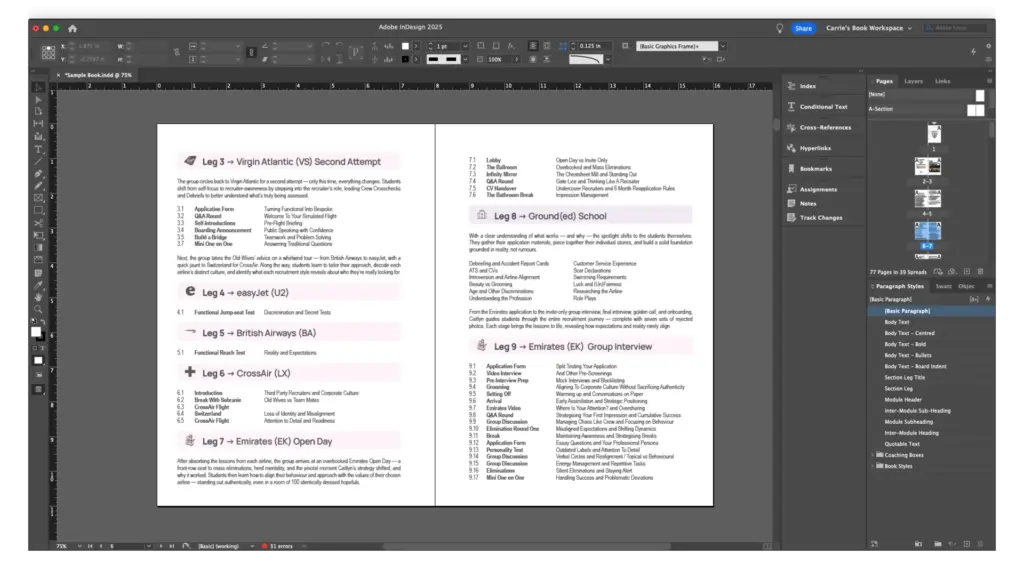
Partnership Development
Collaborating with colleges to produce instructor-led aviation courseware for accredited curricula, including
instructor guides and classroom simulations.

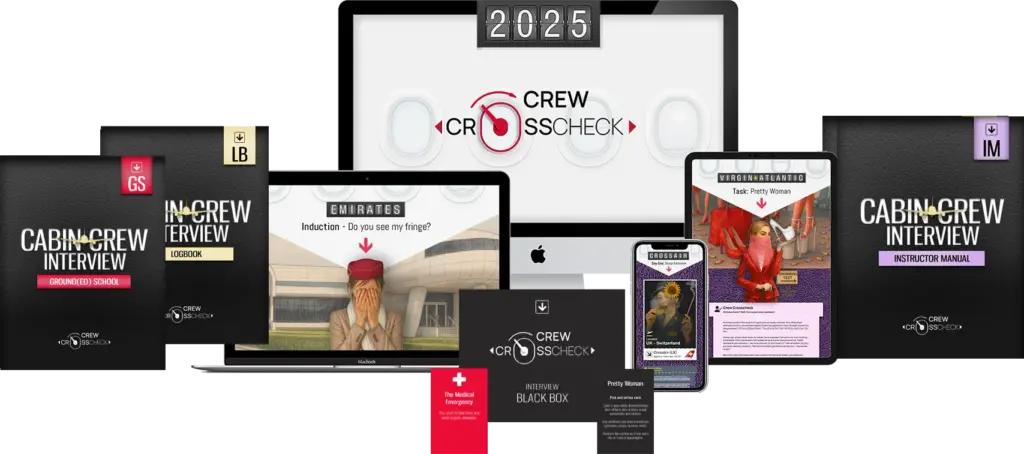
Experiential Learning

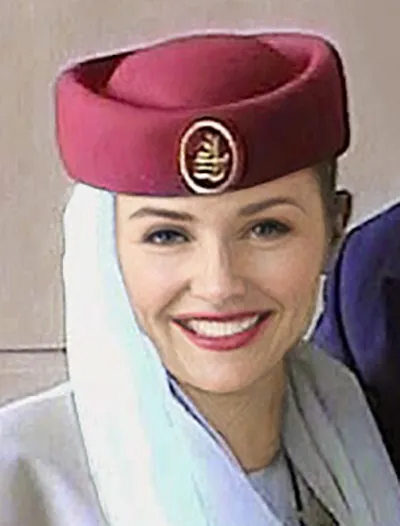
Experiential learning has been a consistent foundation across projects, ensuring that training solutions are grounded in lived experience rather than abstract theory. Completing flight attendant training offered direct insight into the precision, clarity, and safety focus required for aviation instruction
Innovating Solutions.
An aviation enthusiast since an early age, I began studying corporate reports and regulatory materials at 23 after encountering airline recruitment misinformation and failing nineteen interviews. From this, I reverse-engineered the cabin crew recruitment process — at a time when no guidance was available — and successfully secured a place at Emirates Aviation College.
For twenty years since, I have written numerous books about the cabin crew interview process, my flagship book is now in its seventh edition and sold over 10,000 units in 2019.
Backed by 30 years of research and experience
Seven editions combined into one immersive learning experience.

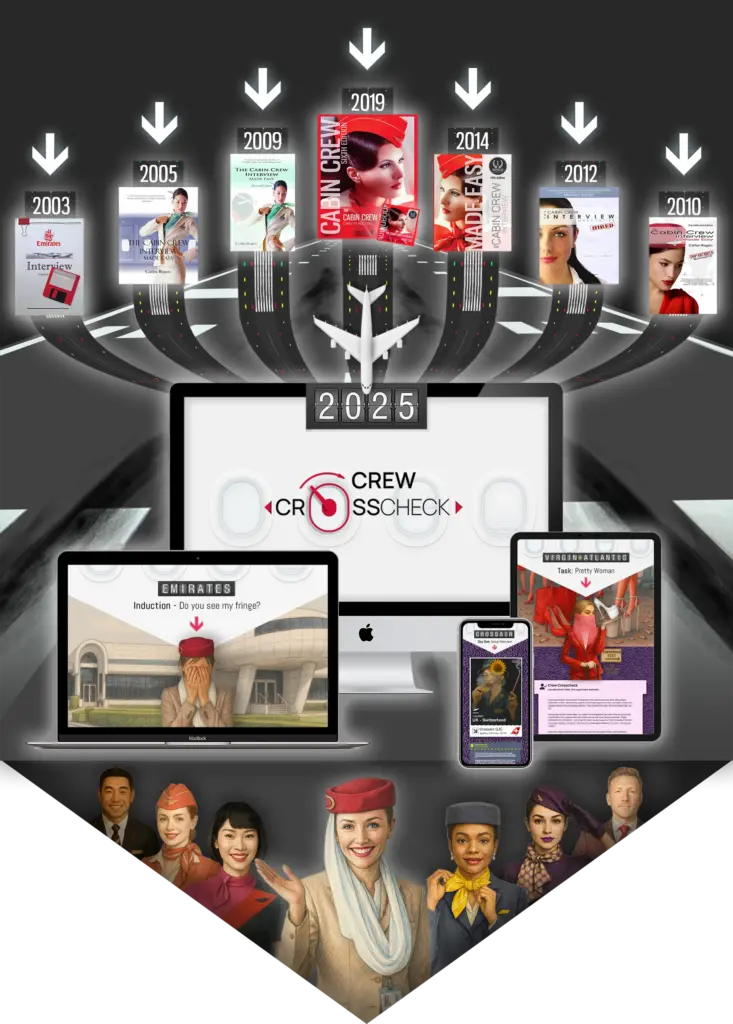
Grounded in five core philosophies.

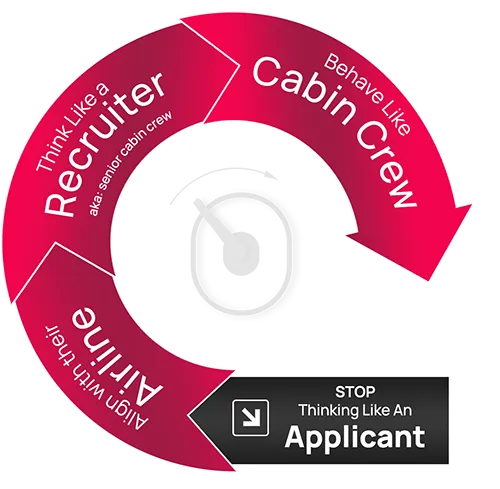
Stop thinking like an applicant.
Align with their airline.
Think like a recruiter.
Behave like cabin crew.
Treat the process as a simulated flight.
Training Philosophy & Learner-Centred Strengths

Cabin Crew-Centric Design:
Targeted interview training for career-minded aviation professionals. Cultivate authentic cabin crew habits, instincts, and behaviours, translating technical and airline-specific jargon into clear, engaging, and practical instruction.
Engaging & Accessible Approach:
Transform regulatory and technical content into relatable, conversational instruction that is inclusive, motivating, and memorable. Make interview preparation and skill-building fun, authentic, and confidence-boosting.
Holistic Learning:
Prioritise learner experience, incorporating interactive exercises, scenario-based activities, simulations, and multimedia to ensure skills and behaviours are effectively applied and retained, closely mirroring real-world airline training and recruitment processes.
Competency-Driven:
Identify and target critical skills, knowledge, and behaviours for successful interviews and long-term cabin crew performance, reinforcing practical application, service excellence, safety, and professional standards.
Behavioural Learning:
Apply principles of behavioural psychology to foster habit formation, situational awareness, and professional judgement.
Promoting Aviation-Aligned Values and Philosophies:
Promote a culture of safety, service, and security through learning experiences that integrate regulatory compliance, operational procedures, and real-world scenarios, preparing candidates for all aspects of cabin crew responsibilities.
75 Modules
Designed to be fun, engaging, relatable

Marketing Banners

